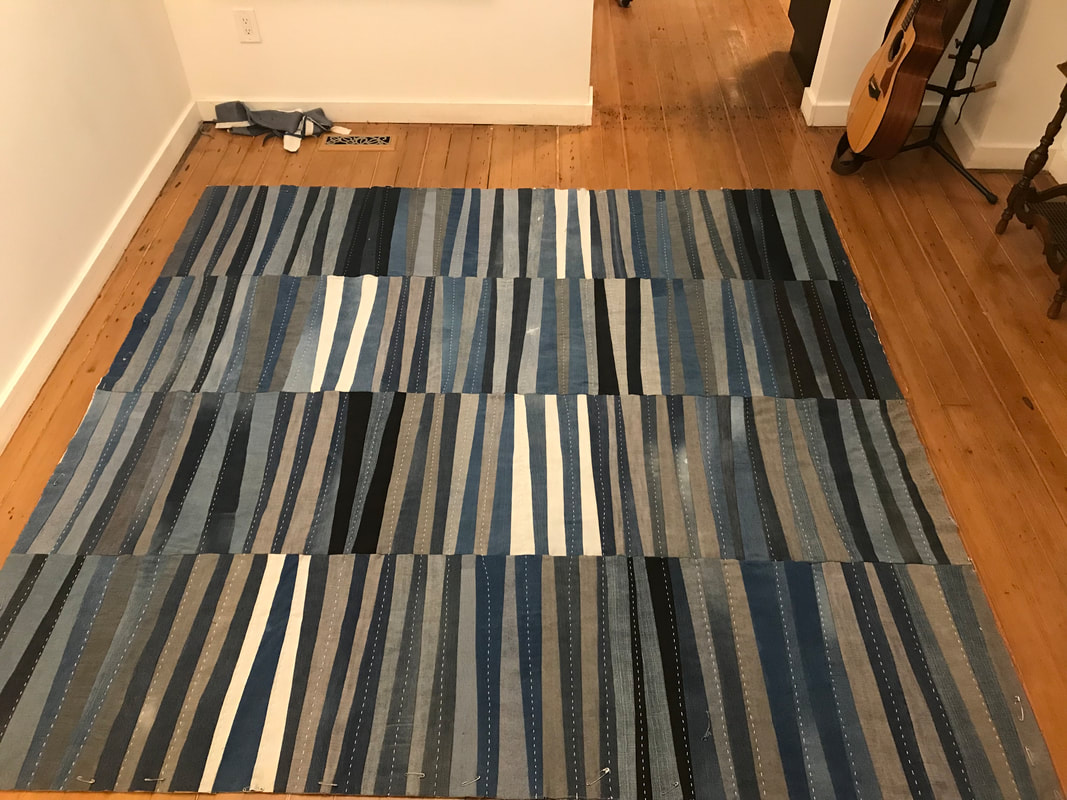 The American penchant for patriotic treats is impressive, from jelly shots to meat trays. (Instagram collage)
The American penchant for patriotic treats is impressive, from jelly shots to meat trays. (Instagram collage) I feel a complicated gratitude about my Canadian citizenship, what with my settler-ancestors basically occupying traditional Indigenous territories. An inordinate number of maple leaf flags on a vehicle or house feels a bit aggressive and any big show of patriotism makes me itchy.
I started school in the U.S. All I remember about Kindergarten was learning to pledge allegiance to the flag while facing said flag, hand on heart, and also learning America the Beautiful and The Star-Spangled Banner. Then going home. I'm sure there were crafts but I'm thinking they were about all that too. Our rented house had American-eagle emblem wallpaper in the dining room and a flag mount at the front door. To Canadians, that's a lot of patriotism.
 Instead of wringing my hands I start needling at local and global issues.
Instead of wringing my hands I start needling at local and global issues. But what’s going on down south of this border has got my rapt attention and I’m not the only one. "Two-thirds of Canadians think the American democracy will not be able to survive another four years of Trump at the helm,” according to a January 2024 poll by the non-profit Angus Reid Institute. Further, “a Trump victory has many predicting dire consequences for both sides of the 49th parallel” with half of Canadians polled reporting they worry that the U.S. “could be on the way to becoming an authoritarian state."
I am compelled to work out these big-picture worries in a joyful kind of making. These days the source of the most relentless anxieties is the fear-mongering that stokes disinformation, anti-immigration, genderism — all the human-rights-violating -tions and -isms. Currently I'm needling at it, layering up those worries through trending heavy hashtags in a weighted blanket, part of an ongoing series of Discomforters.
That depends on who writes the history, and who owns the media.
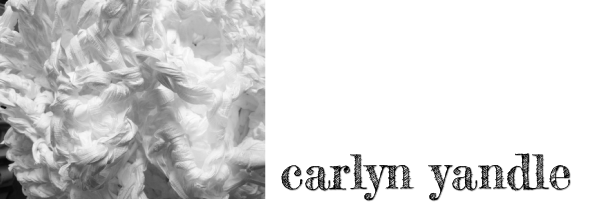

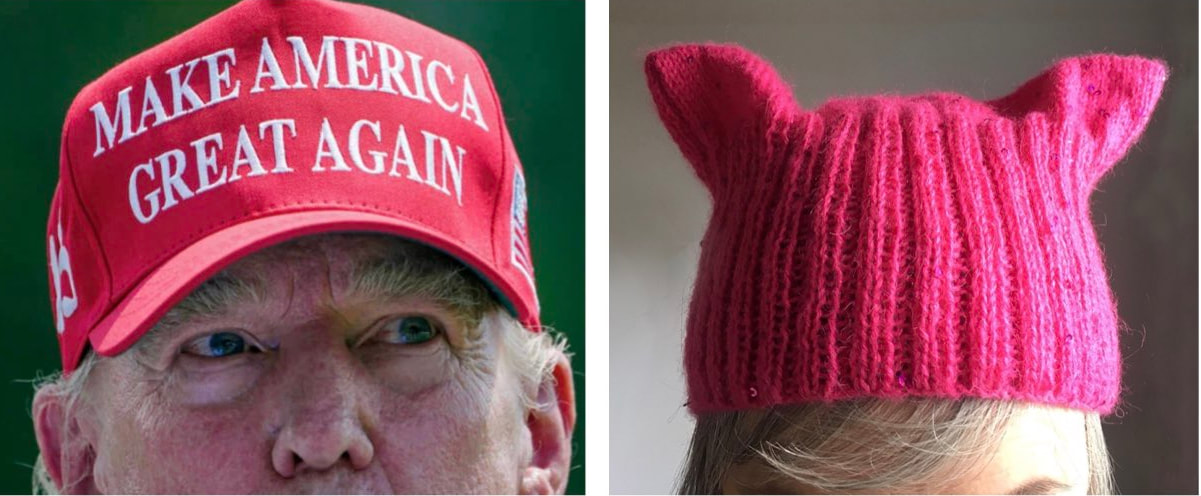
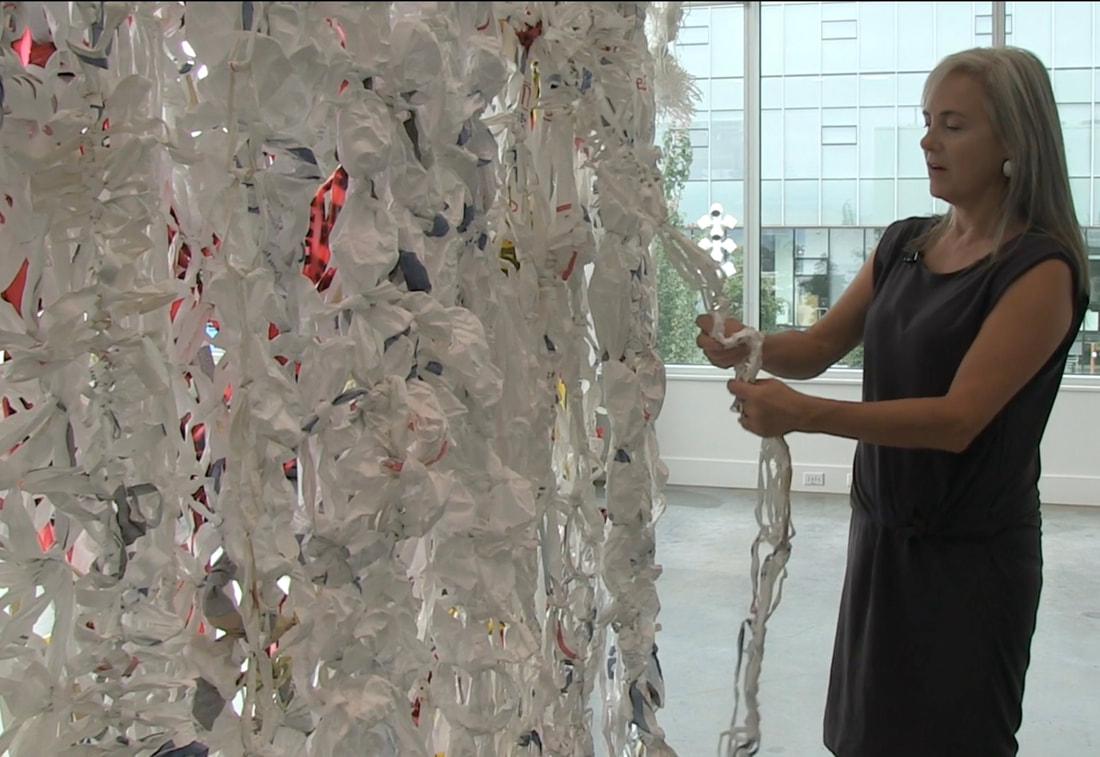
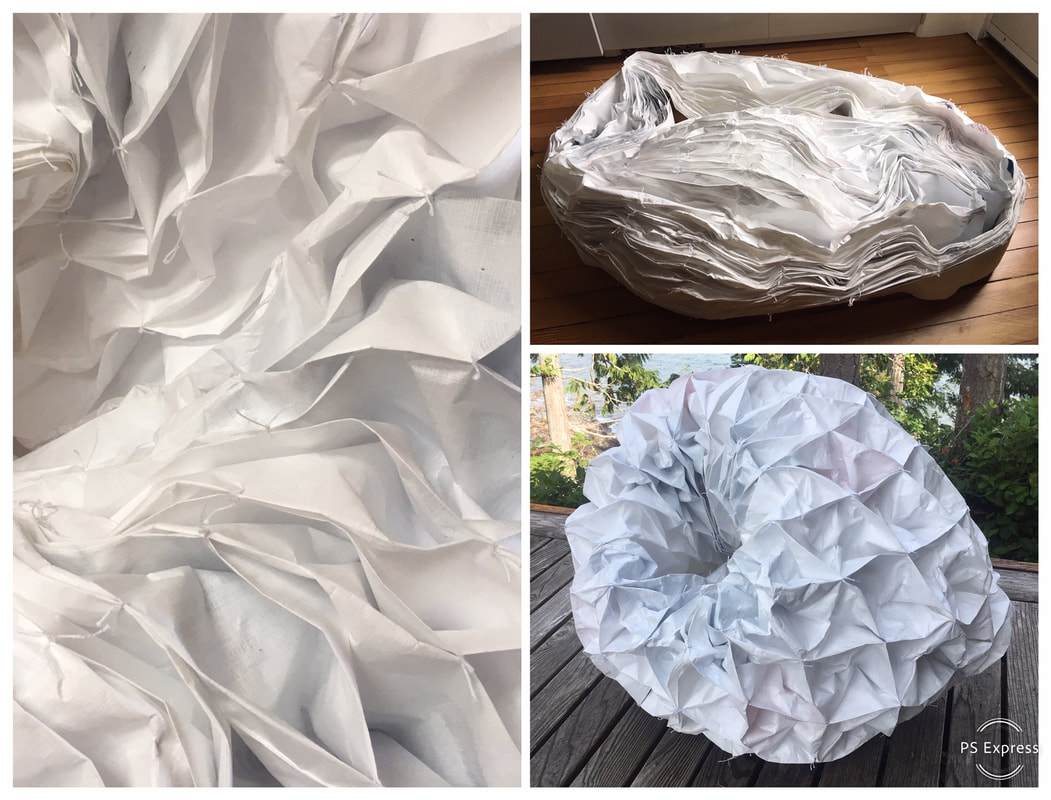
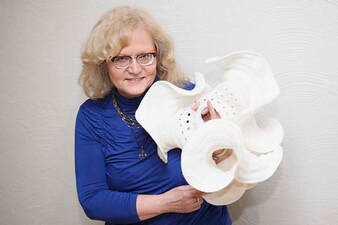

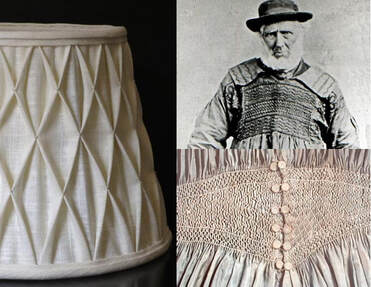
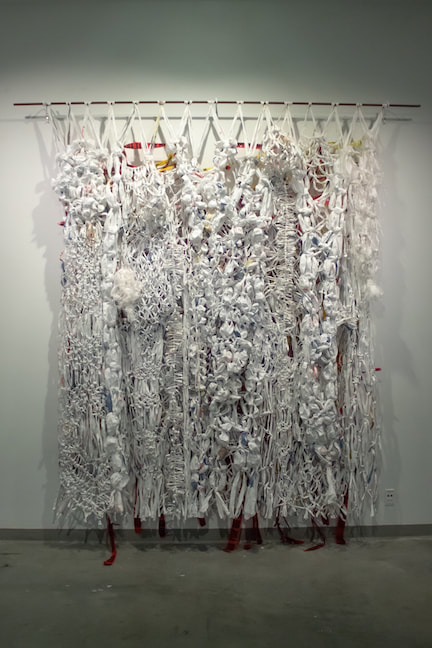
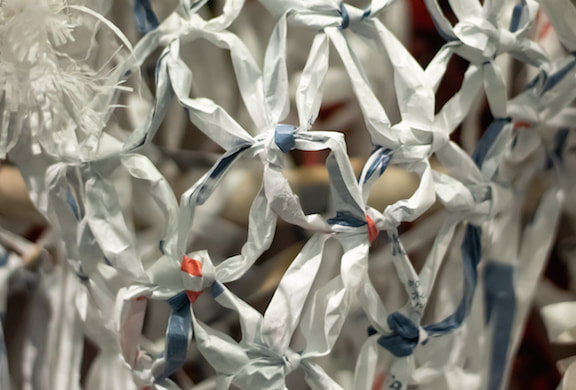
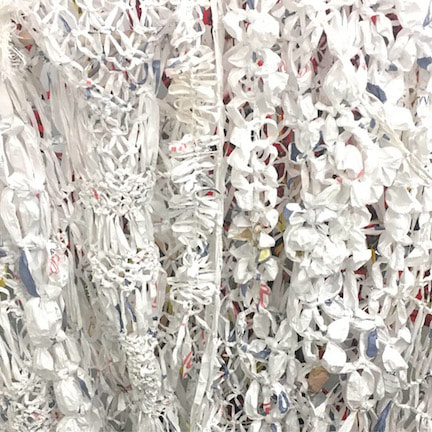
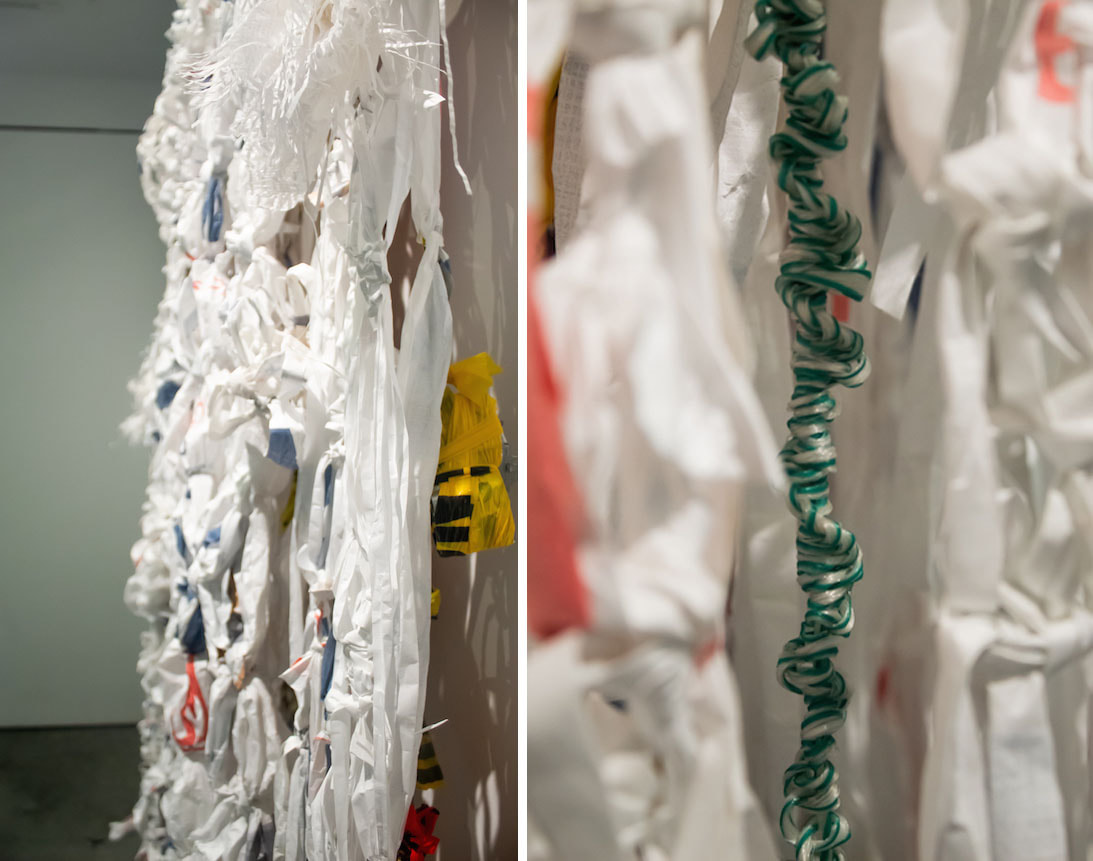
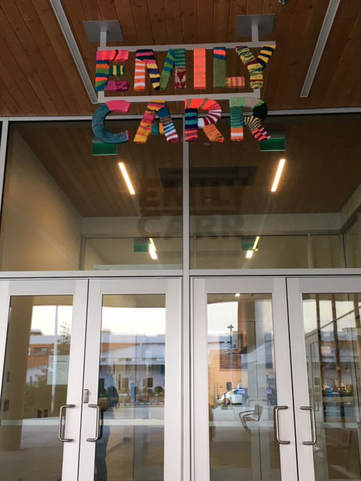
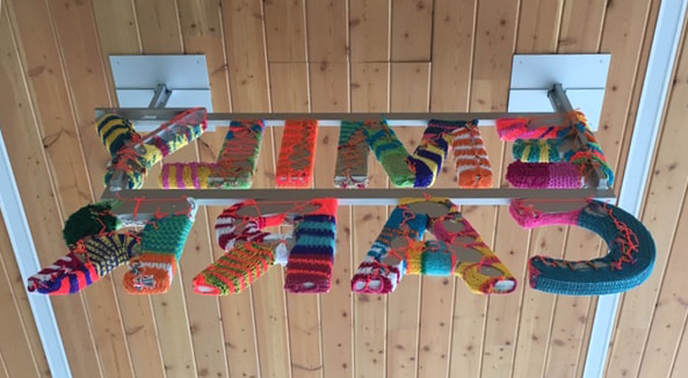
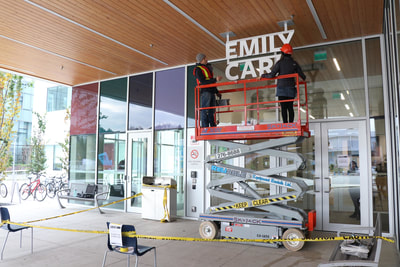
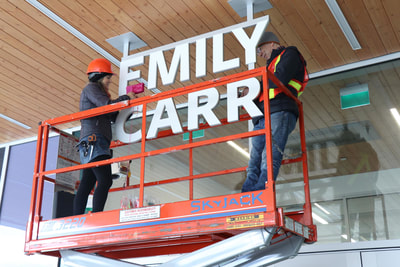
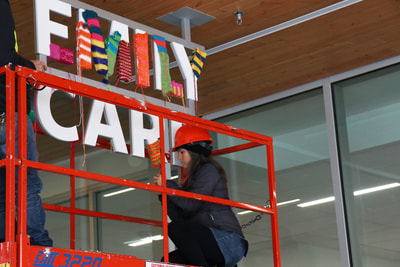
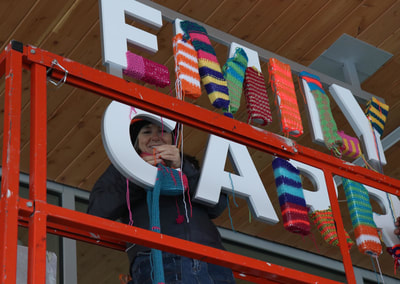
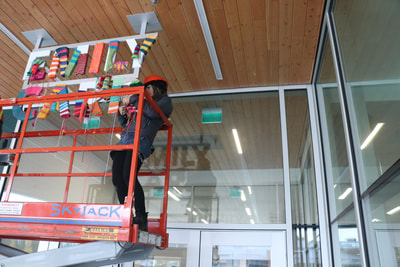
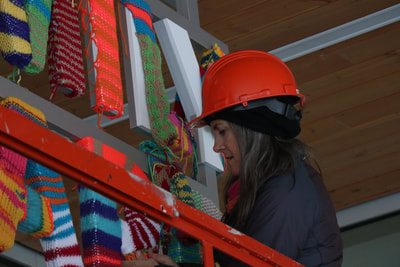
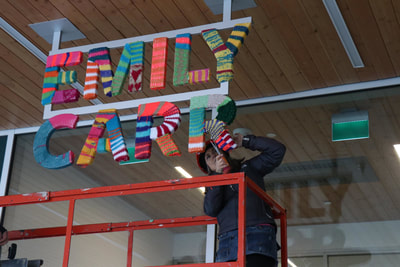
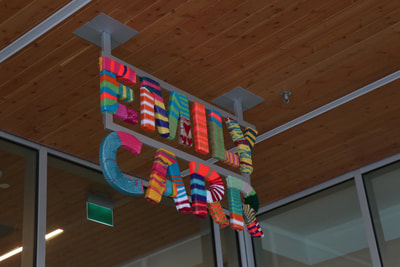
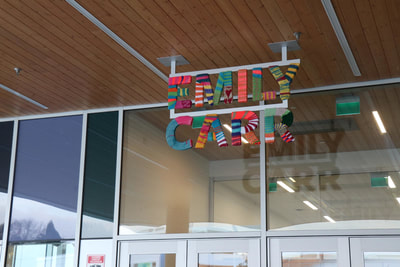
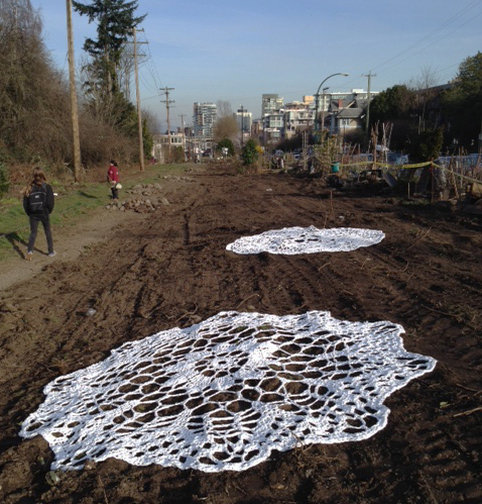
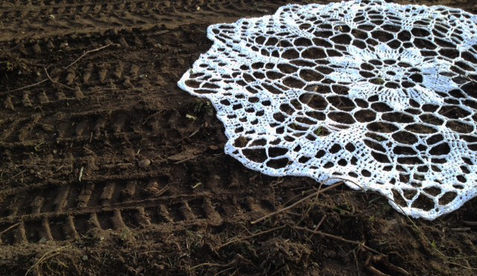
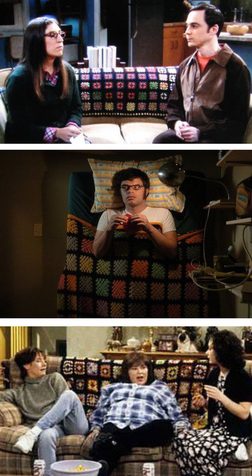
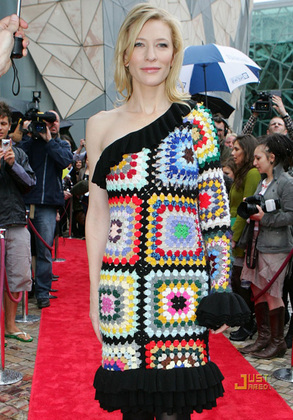
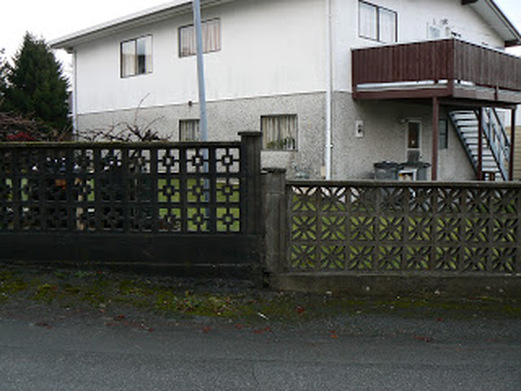
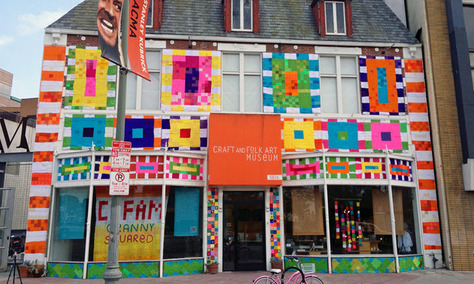
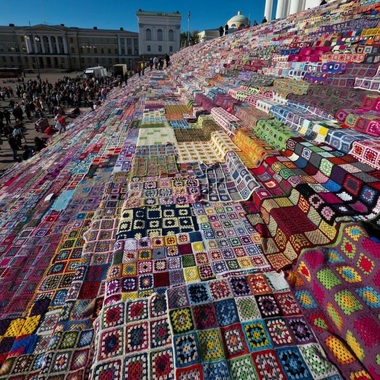
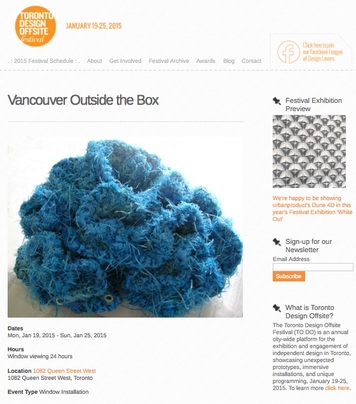
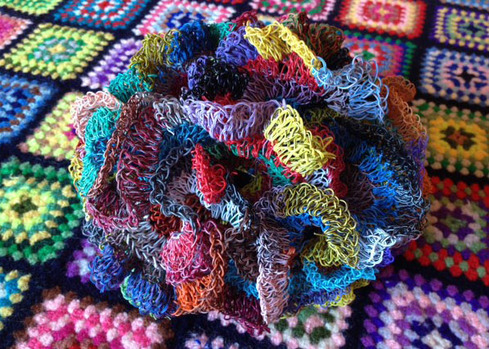
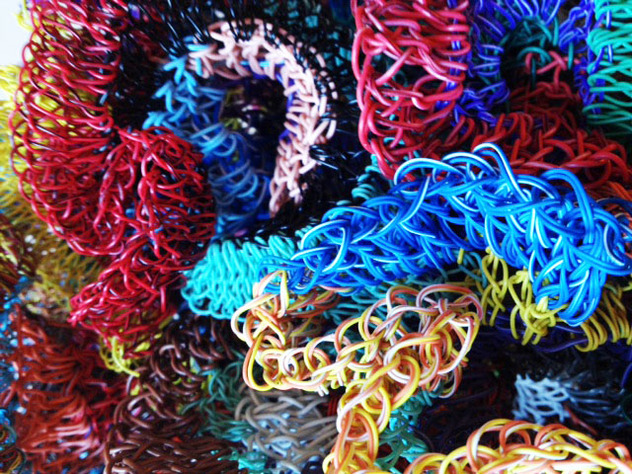
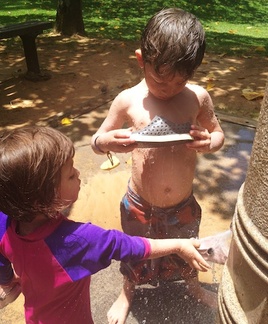
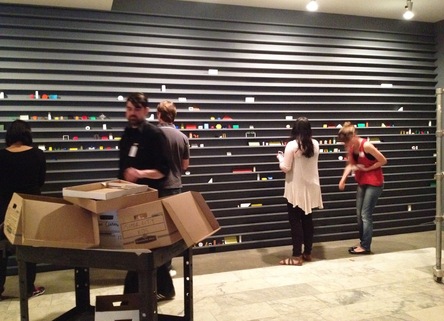
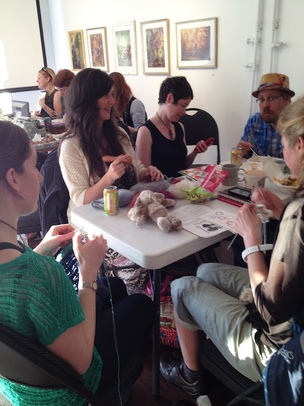
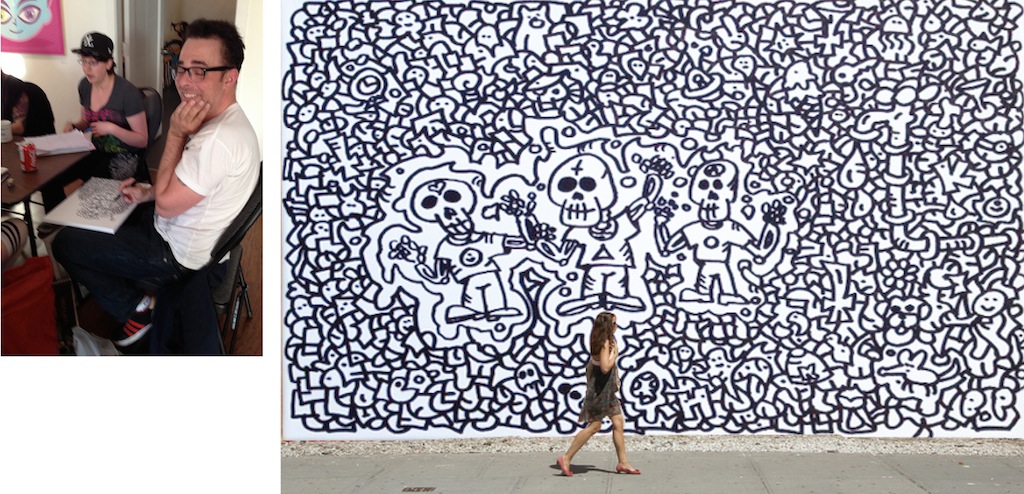
 RSS Feed
RSS Feed

